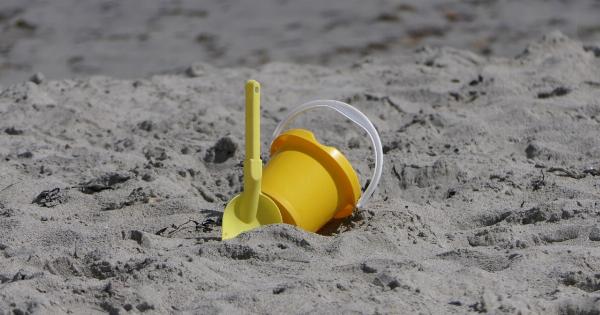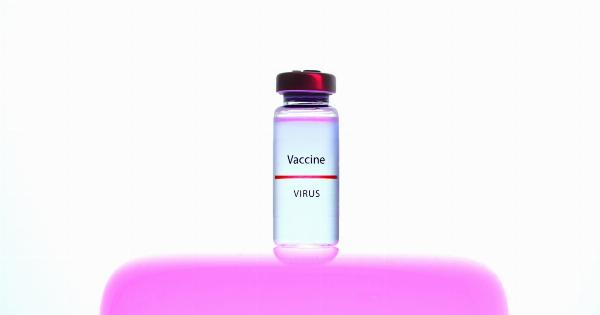Asthma is a chronic respiratory condition that affects the lungs, causing the airways to narrow and become inflamed. It is a common condition among adults, but it can also affect children.
In fact, asthma is one of the most common chronic conditions in childhood, affecting an estimated 6.2 million children in the United States alone.
Diagnosing Asthma in Children
Diagnosing asthma in children can be challenging because the symptoms can be similar to those of other respiratory conditions. The most common symptoms of asthma in children are wheezing, coughing, and shortness of breath.
However, these symptoms can also be caused by other conditions, such as viral infections, allergies, or bronchitis.
In order to diagnose asthma, doctors will typically ask about a child’s medical history and perform a physical exam.
They may also perform a breathing test called spirometry, which measures how much air a child can breathe in and out and how quickly they can do so. If a child’s symptoms improve with a bronchodilator medication, such as albuterol, this can also be a strong indication of asthma.
Managing Asthma in Children
Once a child has been diagnosed with asthma, the goal of treatment is to manage their symptoms and prevent flare-ups. The most common treatment for asthma is the use of inhaled corticosteroids, which help to reduce inflammation in the airways.
Bronchodilators, such as albuterol, can also be used to provide immediate relief during an asthma attack.
In addition to medication, there are several other strategies that can help to manage asthma symptoms in children. These include:.
- Avoiding triggers – Many children with asthma have triggers that can cause flare-ups, such as pollen, dust, or pet dander. Avoiding these triggers can help to prevent symptoms.
- Using a peak flow meter – A peak flow meter is a small device that measures how well air is moving out of a child’s lungs. It can be used at home to monitor a child’s asthma symptoms and help identify when they are experiencing a flare-up.
- Developing an asthma action plan – An asthma action plan is a written document that outlines what to do in the event of an asthma flare-up. It can include information on when to use medication, when to seek emergency care, and what to do if symptoms persist.
Preventing Asthma in Children
While there is no guaranteed way to prevent asthma in children, there are several strategies that can reduce a child’s risk of developing the condition. These include:.
- Avoiding exposure to tobacco smoke – Children who are exposed to tobacco smoke, either in utero or after birth, have a higher risk of developing asthma.
- Encouraging breastfeeding – Breastfeeding can help to reduce a child’s risk of developing asthma, as well as other respiratory conditions.
- Maintaining a healthy weight – Children who are overweight or obese are at a higher risk of developing asthma.
- Managing allergies – Allergies can trigger asthma symptoms, so managing allergies through medication or avoiding triggers can help to reduce the risk of developing asthma.
Conclusion
Asthma is a common respiratory condition that can affect children of all ages. While it can be challenging to diagnose, there are effective treatments available that can help to manage symptoms and prevent flare-ups.
By avoiding triggers, using monitoring devices, and developing an asthma action plan, children with asthma can lead happy and healthy lives.





























